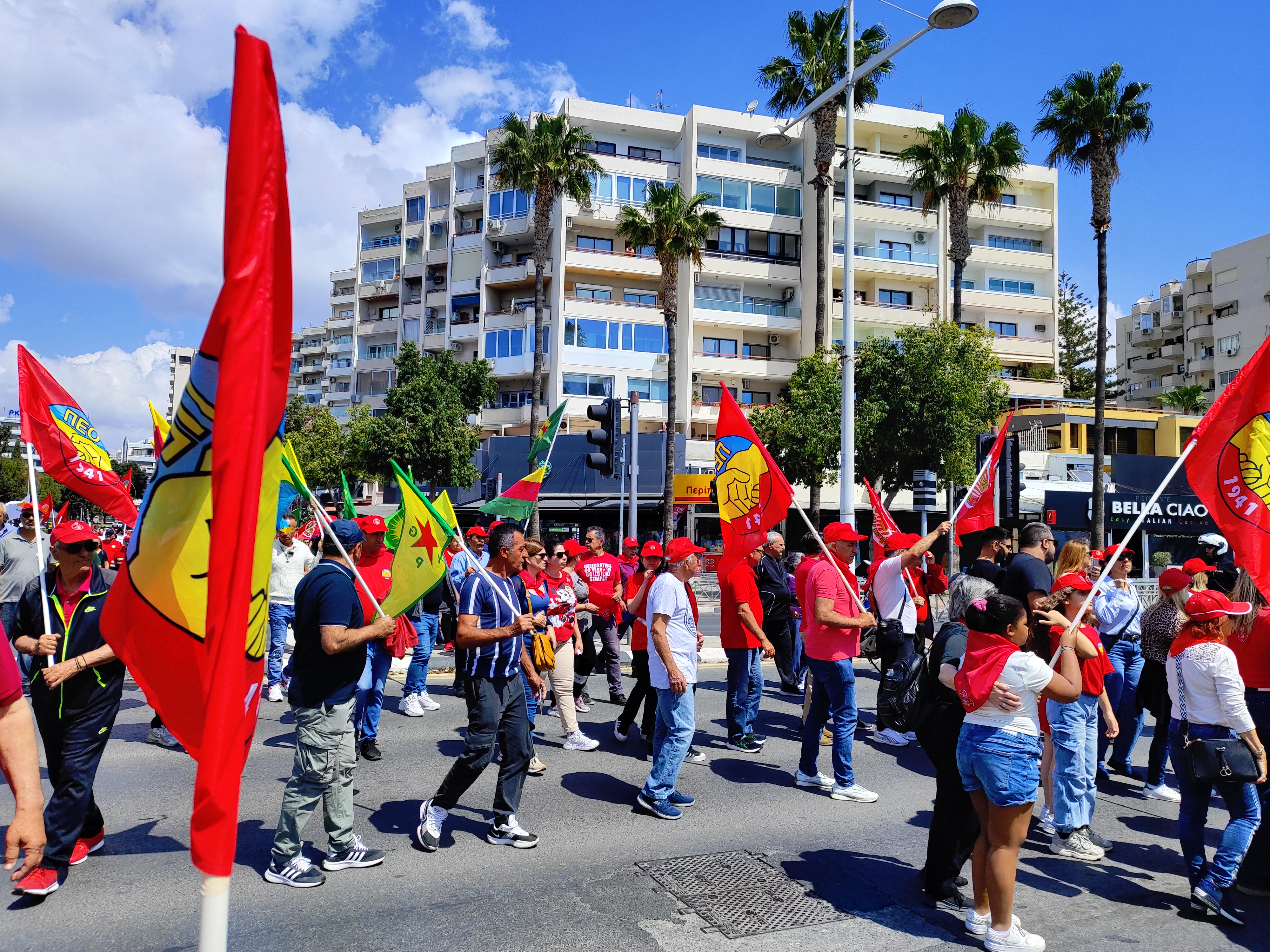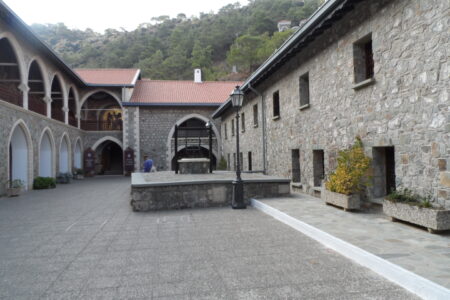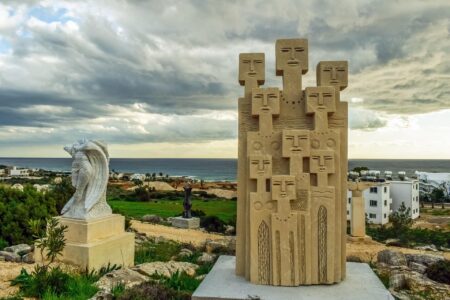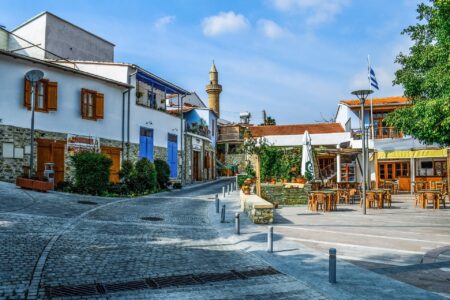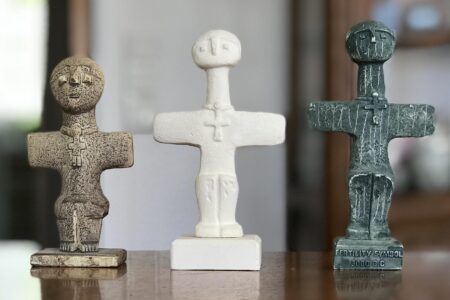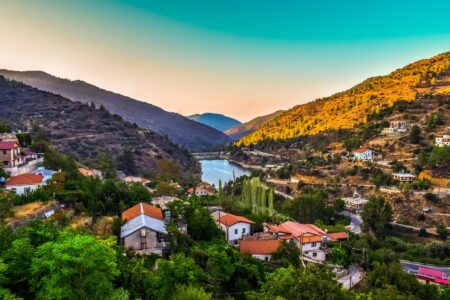On the eve of May 1, Labour Day in Cyprus brings a unique atmosphere: from official trade-union rallies to lively street parties with floral ceremonial processions. This public holiday preserves the memory of workers’ struggles while offering a vivid sense of spring’s renewal. In this extended article, we’ll explore the holiday’s origins on the island, the evolution of its symbolism, contemporary events in different regions, socio-economic challenges and prospects, share personal stories of participants, and offer tips for making your May 1 celebration in Cyprus truly memorable.
Contents
Historical Roots and the Formation of the Tradition
The first stirrings of the labour movement in Cyprus appeared during the early 20th century under British colonial rule. Miners in the Troodos Mountains, quarry workers and dockhands in Larnaca, toiling under harsh conditions, gradually formed small unions and secret circles. By 1925, unauthorized demonstrations took place in Nicosia demanding an eight-hour workday and fair wages. Although these protests were brutally suppressed by colonial authorities, they laid the groundwork for organized trade unions.
In the post-war years after World War II and amid decolonization movements, sectoral unions took shape: for textile workers, port employees, teachers, and healthcare staff. By 1960, when Cyprus gained independence, May 1 was already viewed as a day of political spring awakening—blending solidarity demonstrations with folk celebrations. The new republic officially declared Labour Day a public holiday, granting unions greater authority and making the first official May 1 observance one of the young nation’s inaugural holidays.
At the same time, ancient spring-welcoming customs continued: weaving wreaths of wildflowers and decorating homes with herbs. This fusion of political struggle and natural rituals gave Cyprus’s May 1 its distinctive character—a character that has endured for over half a century.
Contemporary Official Events
The Pancyprian Federation of Labour (PEO) and its allied sectoral unions organize the central festivities. In the capital, Nicosia, a grand march begins in the morning: workers from various trades parade down main streets carrying banners demanding higher minimum wages, expanded pensions, and stronger workplace protections. They then converge on the central square for speeches by union leaders, Members of Parliament, and government ministers.
Simultaneously, similar rallies take place in Limassol and Paphos—Cyprus’s two largest tourist hubs—but with local twists: Limassol’s agricultural cooperatives give its event a “farmers’” feel, while Paphos’s maritime heritage shines through participation by fishing crews and port workers.
An important component of the official program is the series of round-tables and expert panels on the future of work: technological shifts in employment, digital social-protection services, and “green” economic opportunities. These forums often run alongside cultural activities, lending the holiday a blend of celebration and policy debate.
Street Parties and Festivals
After the formal proceedings, locals and visitors head to coastal promenades or picturesque mountain villages to continue the festivities. In Limassol, the waterfront transforms into a sprawling farmers’ market: stalls offer honey, traditional halloumi cheese, freshly squeezed citrus juices, and olive oil, interspersed with workshops on basket-weaving and wood-fired flatbread baking.
In Paphos, a family-friendly “Picnic-Made” event sees groups gathering on lawns near the ancient Agora and amphitheater as folk ensembles perform traditional dances. Children join “quest trails” amid the ruins, solving riddles about Cyprus’s labour history.
In the Troodos and Okeanis mountains, the landscape becomes an eco-playground: tour operators and environmental NGOs host “First-Flower Runs”—guided hikes during which participants collect seeds of rare plants and learn about their ecological roles. At the end, everyone weaves the picked blooms into a communal “Wreath of Renewal,” symbolizing intergenerational continuity.
Floral Rituals and Spring Symbolism
May 1—Πρωτομαγιά (Protomagia)—on Cyprus is steeped in pagan motifs. At dawn, women and girls venture out to gather poppies, daisies, hyacinths, and fragrant herbs. By midday, they’re crafting wreaths and garlands to adorn doorways, gates, and public spaces. Many families preserve secret flower-arrangement recipes passed down for generations.
In select villages, they reenact theatrical processions: elders portray “Guardians of the Earth,” while youth form a “Pulse of Renewal”—a living chain of blossoms and string instruments, signifying life and nature’s music. As evening falls, small bonfires are lit in village squares; around them, people circle in dance and chant centuries-old melodies invoking prosperity and a bountiful harvest.
Modern generations add their twist: in urban centers, “Floral Wave” flash-mobs see participants drape streets in glowing ribbons and blooms within minutes, creating vibrant pop-up art installations.
Socio-Economic Context
Labour Day is also a barometer of social policy. Each year, PEO announces top priorities: automatic wage indexation to match inflation, expanded family and pension benefits, and minimum protections for self-employed and gig-economy workers. These themes drive not only rallies but also media campaigns and economist-led panels.
Seasonal employment remains a critical issue: with tourism a pillar of the Cypriot economy, youth unemployment spikes in the off-season. In response, the government and labour unions co-fund retraining programs and internships in green technology and IT sectors, while supporting joint ventures between startups and social enterprises.
Green energy initiatives—wind farms and solar arrays—are gaining prominence, creating “green jobs.” May 1 events often feature showcases of these projects and demos of smart environmental monitoring devices.
Personal Stories
For many Cypriots, Labour Day is a chance to feel solidarity firsthand. Anna, a teacher in Nicosia, organizes an annual “Crafts Festival” at her school where children and parents weave spring decorations together—an effort she says helps pass on the legacy of workers’ rights to the next generation.
Limassol union activist Georgios recalls tagging along with his father in the workers’ march as a teenager: “That day taught me that work is more than a job—it’s a community that stands by you.”
In mountain villages, farmer Christodoulos invites visitors every year to learn his family’s herbal-harvesting techniques and sample seasonal dishes, underscoring the bond between labour and well-being.
Tips for Visitors and Organizers
-
Dress and gear wisely. Even in May, the mountains can be cool and dusty.
-
Plan ahead. Many workshops and hikes require advance registration or tickets.
-
Embrace sustainability. Bring reusable bottles and bags—numerous festivals operate plastic-free.
-
Dive into the rituals. Try weaving a wreath, join a folk-dance class, or help plant trees—these hands-on experiences make the holiday unforgettable.
May 1 in Cyprus is a multi-layered celebration of political tradition, vibrant folk rituals, and forward-looking social initiatives. From capital-city demonstrations to mountain-village flower rites, from union speeches to personal narratives, the day shows how work and nature walk hand in hand toward a fairer, more sustainable society. Immerse yourself in this spirit of unity and renewal, and you’ll discover why Cypriots celebrate Labour Day with such warmth and flourish.

